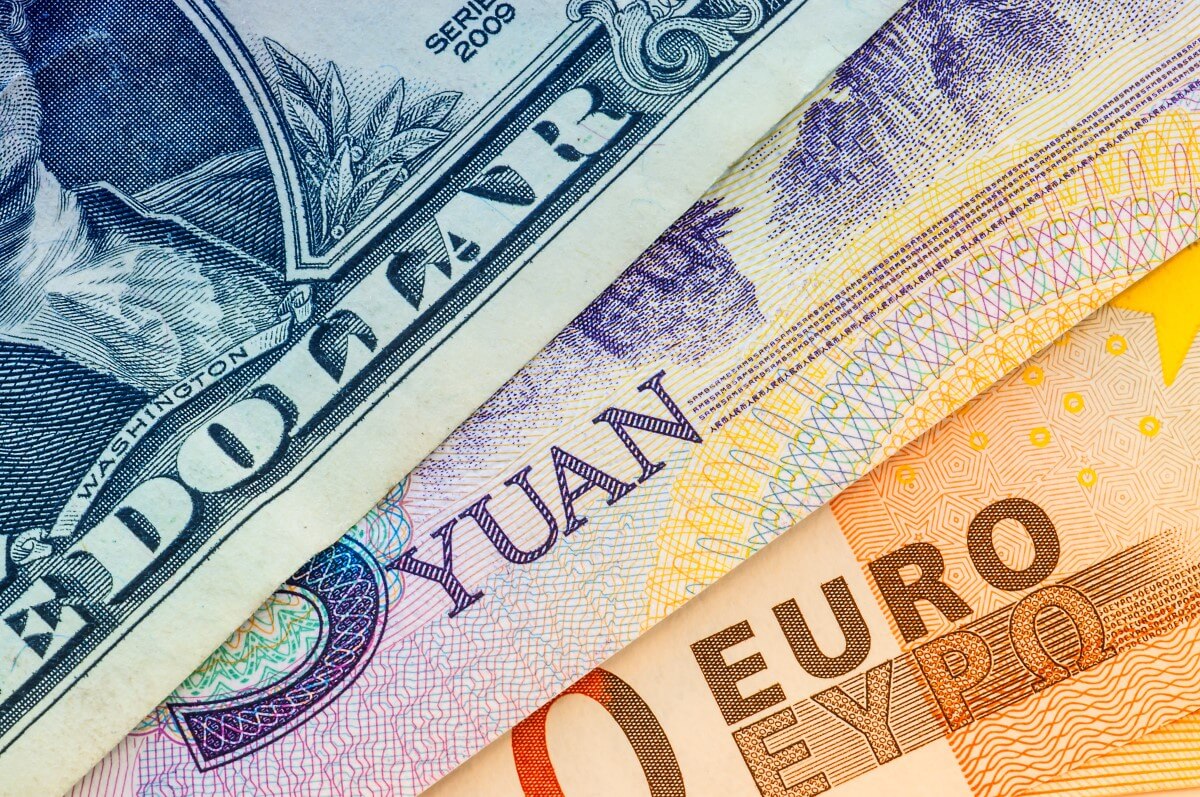Euro and Sterling rallied against U.S. dollar. Why’s that?

Euro and Sterling rallied against the U.S. dollar. Why’s that?
The euro and British pound surged forward on Friday, recovering some of their losses. Despite that, they still suffered their biggest weekly losses since September. Investor sentiment was more optimistic today, bolstering the riskier currencies.
The euro exchanged hands higher by 0.24% at $0.9772 at last. Before that, it had gained 0.54% during this session. The sterling also soared by 0.6% at $1.1228. However, the single currency was set for a 1.9% decline on the week, while the pound shaved off 3.4% overall. These are their largest losses since the third week of September.
On the other hand, the greenback firmed across the board this week. On Wednesday, Federal Reserve chair Jerome Powell announced that the agency might continue to hike interest rates if inflation doesn’t drop. Unlike the Fed, the Bank of England and the European Central Bank are giving more dovish messages. Both of them increased their rates by less than can be considered hawkish. Canada, Australia, and Norway’s central banks have also surprised markets by moving on the dovish course.
Francesco Pesole, the FX strategist at ING, noted that there’s a growing chance that the Federal Reserve will be the last major central bank to maintain its tightening cycle. The U.S. dollar may enjoy sustainable support in the coming months if that occurs.
Traders are currently waiting for U.S. payroll data that is due later today. It will provide the latest indication of the strength of the American economy. According to the analysts’ forecasts, the data will show an increase of approximately 200,000 jobs last month after a surge of 263,000 in September.
Christopher Wong, the currency strategist at OCBC, noted that if the data comes out positive, that will reinforce the Federal Reserve’s higher terminal rate policy, but a weak number can push the dollar lower.
The Chinese Yuan skyrocketed. How is it trading now?
On Friday, new reports showed that China is contemplating relaxing its Covid-19 restrictions. This news supported the struggling Yuan, causing it to jump high. The offshore Yuan surged forward by more than 1% in the Asia session. It hit a one-week high of 7.2441 per USD. The Yuan exchanged hands at 7.2689 at last.
Stephen Innes, the managing partner at SPI Asset Management, stated that the Forex market is the most accessible barometer to determine China’s risk sentiment. The offshore Yuan’s course shows whether investors are in a risk-off or risk-on mood in China markets.
Furthermore, the Australian dollar climbed by almost 1% to $0.6348 on Friday. The oil-sensitive Canadian dollar and Norwegian crown also rallied against the U.S. dollar by 0.5% each. The Japanese Yen added 0.42% at 147.62 yen, but recent moves on the USD/JPY pair were more subdued as traders were looking out for some signs of another currency intervention from the Japanese government.
What about the EM currencies?
Most Asian currencies were set to end this week with losses, while the greenback experienced one of the best weeks in over a month.
Overall, the Indonesian rupiah plummeted by 1.1% this week. It remains on track for its worst week since October 21. In addition, the Malaysian ringgit and the Philippine peso shaved off 0.6% each for the week. The Singapore dollar also tumbled by 0.3%.
The Vietnamese dong declined by 0.1% on Friday. The currency plunged to a new record low of 24,876 per USD. The country’s benchmark stock index also dropped by 4.4%, experiencing its worst day in almost a month.
The post Euro and Sterling rallied against U.S. dollar. Why’s that? appeared first on FinanceBrokerage.
0 Response to "Euro and Sterling rallied against U.S. dollar. Why’s that?"
Post a Comment